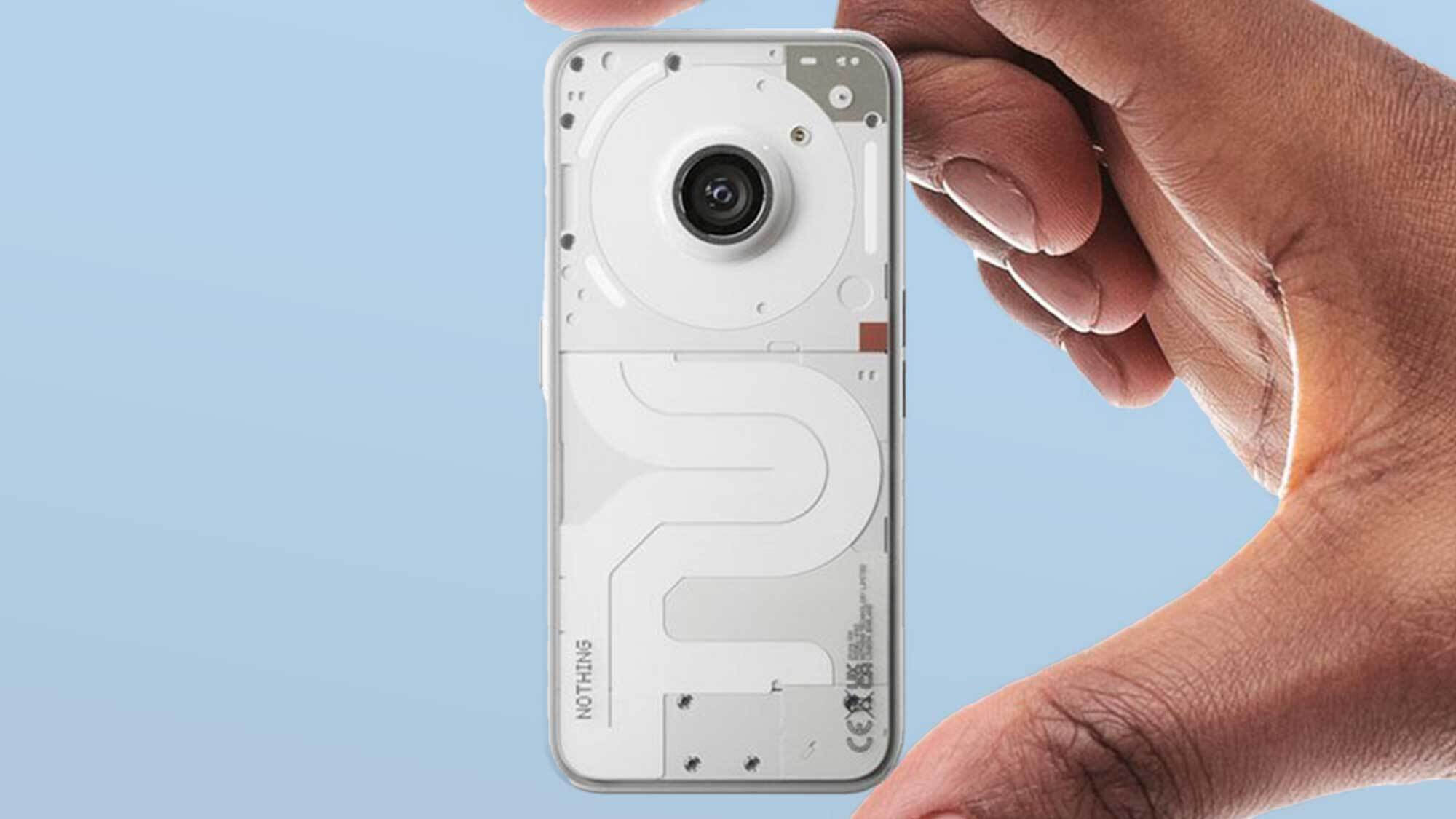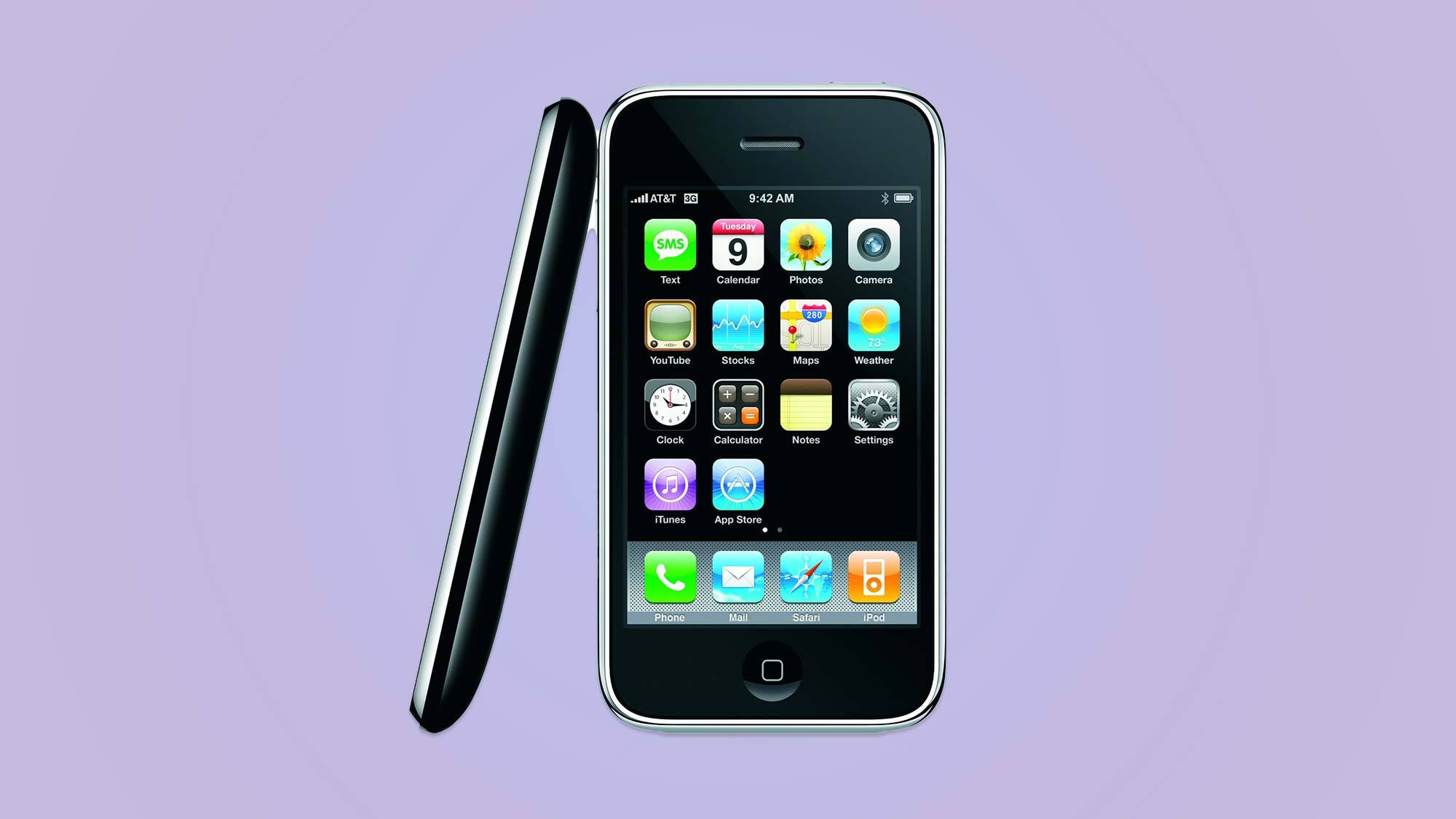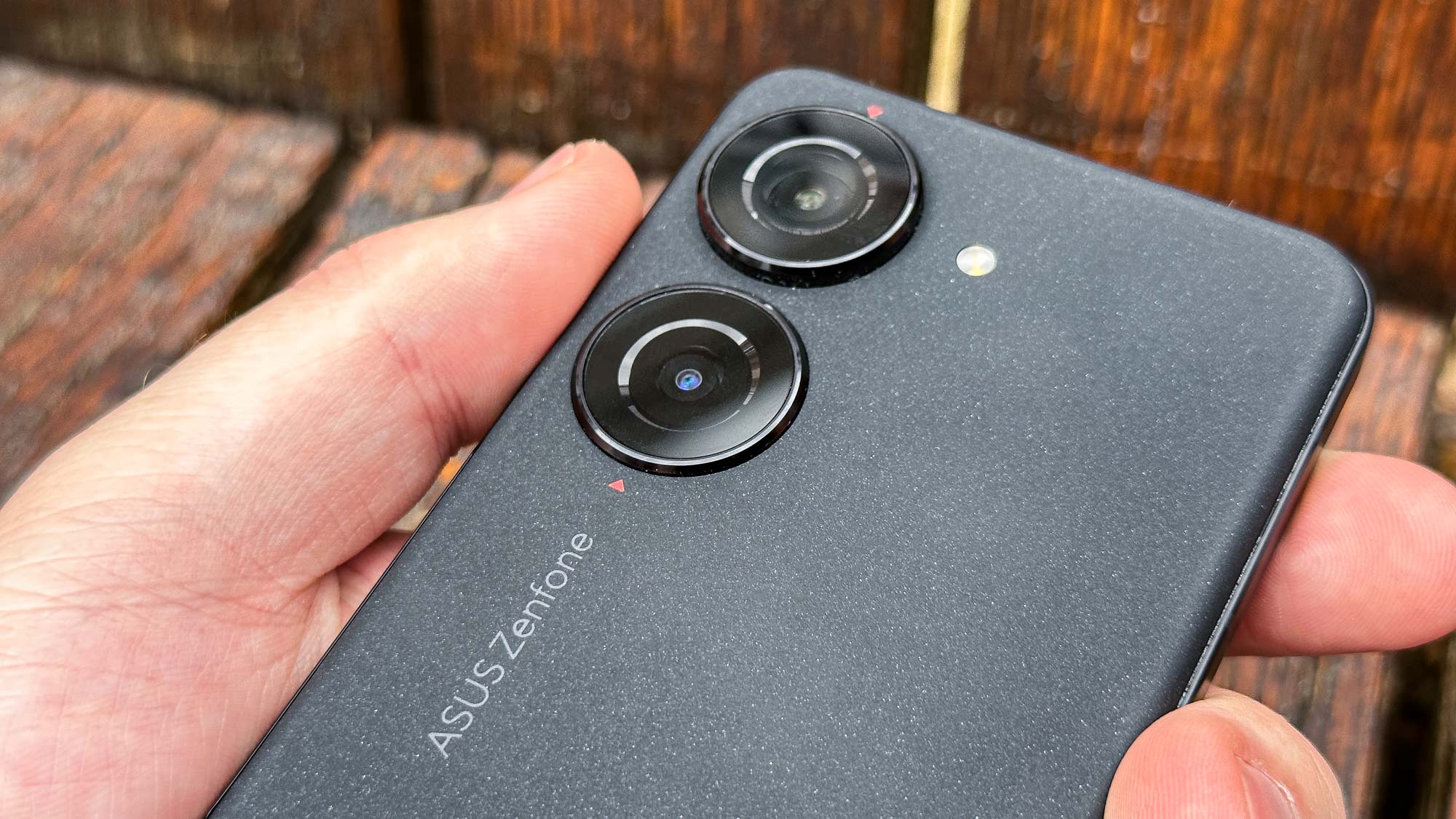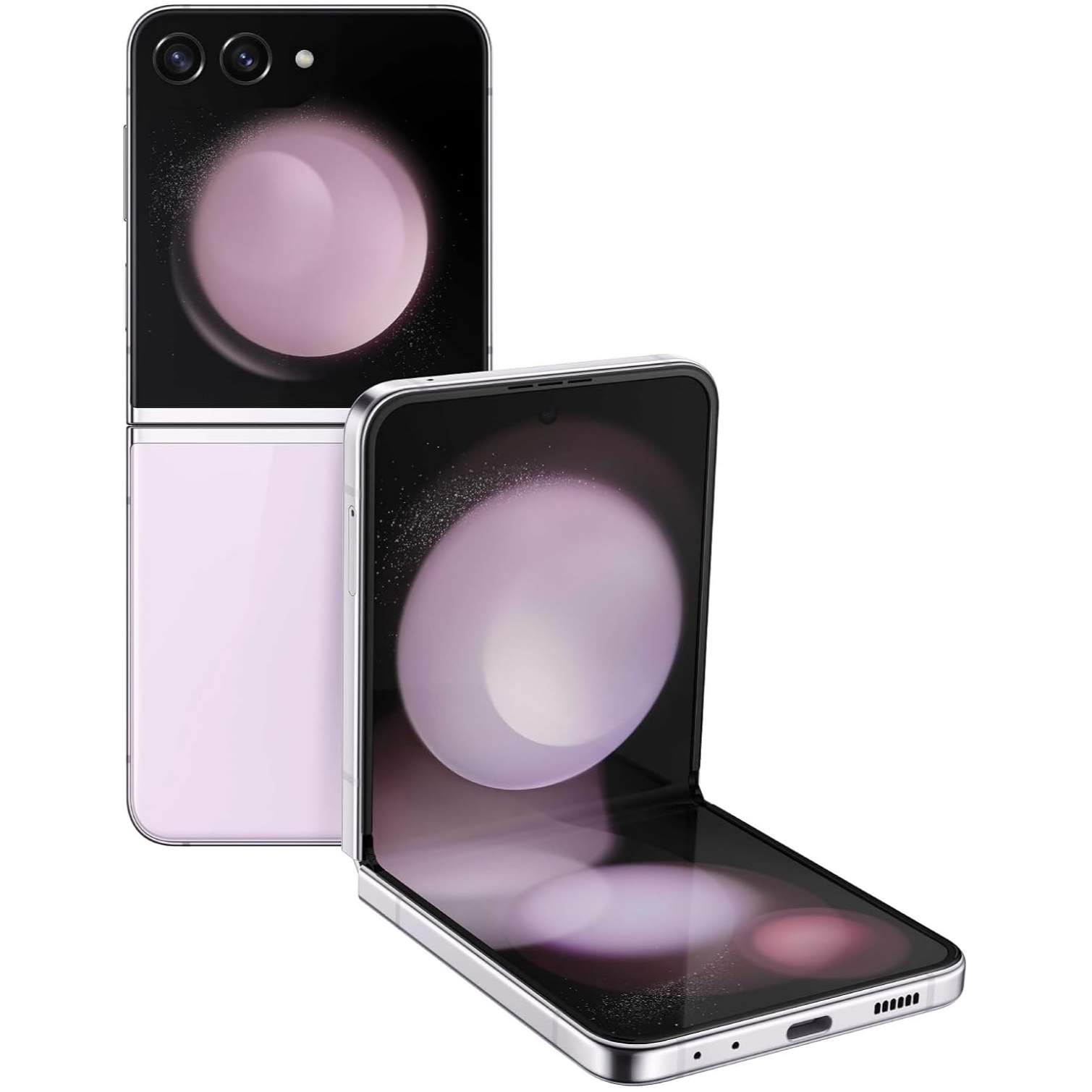
Nothing recently revealed a new concept phone, the Nothing Phone (2a) Micro. The concept was to have a truly tiny smartphone that could easily fit in the palm of your hand, but there was a catch, the phone was an April Fools.
The interesting thing about the Nothing “announcement” was the number of people legitimately invested in the idea and showed interest in the concept. In the announcement, Nothing revealed the device with an ultra-small smartphone design, a single camera array, and even implemented Nothing’s patented Glyph interface.
Phone (2a) Micro. Size doesn't matter. pic.twitter.com/6O5byNduXbApril 1, 2024
This concept was entertaining, but I found myself thinking about the idea. I should note that I don't think the actual Micro is a good idea for a phone, it's likely that it would be impossible to have a phone of that size with our current level of technology. However, the idea of smaller smartphones is one that I've been considering for a while. This isn't even that novel an idea, after all, one of the benefits of having any one of the best foldable phones, like the Galaxy Z Fold 5, is a larger screen area while still being manageable.
Why did Phones start getting bigger?

Looking back over the history of mobile phones, you might see quite a strange trend regarding size. Originally there was a push to make phones smaller and smaller while trying to take up as little space as possible. However, that all changed with the iPhone and the rise of touchscreens.
The original iPhone would probably appear pretty basic to most people now, but it was astonishing for many people when it was released. The concept of a touch screen felt like Star Trek and the chance to use the dedicated YouTube app on a, relatively, high-quality 3.5-inch screen was amazing. It was so well-loved that it sold for a truly astonishing amount at an auction.
However, the touch screen concept had one issue, the screens were just too small to do everything Apple wanted. The need to show off the better quality and more seamless displays led to a push for bigger and wider screens.
There is nothing inherently bad about bigger screens, they can be great for watching videos and the like, but there are some issues. The biggest is that phones have reached the point where they don't feel practical to carry in a pocket. For reference; the average smartphone currently exceeds 6 inches in length, and some models can reach as far as 7 inches diagonally. A recent report from Kendal.org stated that the average pocket size for men is 9.1 inches, while women’s are only around 5.6 inches deep. You can see the problem?
What are the benefits/issues of smaller phones?

Smaller phones come with several benefits for the users, but the most obvious is the ease of carrying them around. Smaller phones are easier to place into pockets, which seems minor. However, it can be the difference between loving and hating a phone for some. For instance, one of the issues I have with my iPhone 14 Pro Max is that it doesn’t easily sit in my pocket and can even poke out on occasion. This makes me uncomfortable as I’m concerned it might fall out or be grabbed.
There is also an argument that, for some people, all the added bells and whistles on modern smartphones mean very little. It appears even developers are aware of this as they've shifted focus to AI over hardware improvements. what people often look for is a device that works, is easy to carry, and does what they need from a phone. Not everyone wants a phone that can shoot the moon with ease after all.
However, it isn’t a perfect solution and there are issues with smaller phones. Firstly, there’s a limit to what technology can be placed inside phones. While it is possible to build one that could compete with modern phones, it would be expensive to produce and would likely turn away the kind of people who would be interested in such a device. The other issue is that smaller phones are easier to lose, especially as you can forget they’re there if they are small enough.
Strong interest in small phones

The April Fools post has raised some interesting questions about the smartphone market, and if there is a place for smaller phones. While some might argue that, with phones being such a central part of our lives, removing features is a mistake, I think there is a place for them. I know I’d be tempted to have a smaller, secondary phone for work, especially one without all the added bells and whistles that I would never use.
In the meantime, for those looking for slightly smaller phones, I would recommend looking at some of the cheaper models such as the Asus Zenfone 10 which tend to be on the smaller side. If you wanted to go pricier you could even look at the Galaxy Z Flip 5 instead, that's smaller at least half the time.
Alternatively, we could all beg Nothing to release the Micro instead, who knows, this April could fool us all.







